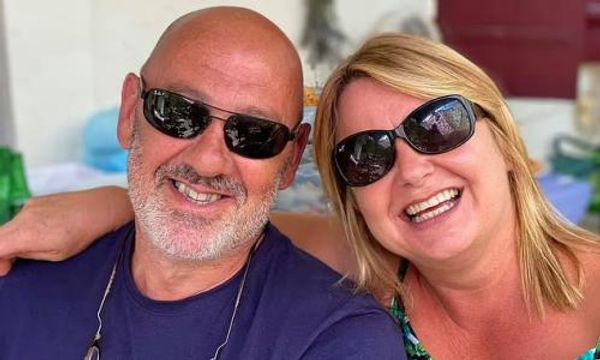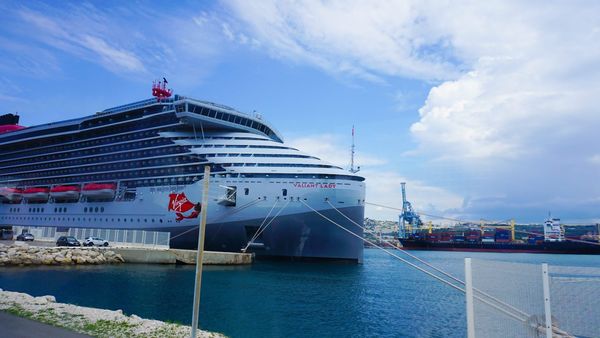
In March 2023, two US army Black Hawk helicopters collided and crashed into a Kentucky farmer’s field after a nighttime evacuation training mission, killing nine service members.
That crash was among a dozen fatal crashes during army Black Hawk training missions since 2014 that claimed the lives of 47 service members and in April 2023 helped prompt Pentagon officials to temporarily ground and provide more training to all army aviators not involved in critical missions.
Wednesday’s deadly collision between a passenger airliner and an army Black Hawk helicopter conducting nighttime training above the Potomac River in Washington DC has again sparked questions about the army’s helicopter training and safety measures.
Experts say piloting Black Hawks is an exceedingly complex challenge. And federal lawmakers and area residents have raised concerns about the hazards of DC’s compact, crowded airspace, which sees high volumes of commercial and military flights.
Flying a Black Hawk requires a “delicate balance”, said Michael McCormick, an associate professor at Embry-Riddle Aeronautical University in Florida and a retired vice-president of the US Federal Aviation Administration’s air traffic organization. To control the helicopter requires the use of both hands and feet on top of the demands of military training and active operations, he said.
“The military goes by the philosophy that you train as you fight,” McCormick told the Guardian US. This means training exercises take place at all times of day and night and in inclement weather and that military equipment will experience more wear and tear “than it would if you’re flying a civilian helicopter on a tour around Manhattan”.
The army helicopter unit involved in the DC crash was conducting an annual training for its “continuity of government” mission, which involves the evacuation of high-level government officials from the nation’s capital in the event of an emergency, Pete Hegseth said.
“The military does dangerous things. It does routine things on [a] regular basis,” said the defense secretary. “Tragically, last night, a mistake was made.”
Retired US army Lt Col Darin Gaub, who flew Black Hawk helicopters for 22 years, told the Associated Press that there have been thousands of military helicopter flights without problems over many years in the airspace over DC.
Wednesday’s fatal flight was the “one that didn’t go right out of all those thousands”, he said. “So it’s a testimony to the great procedures that are there, to the pilots that train there and how they operate on a daily basis. It’s basically a highly choreographed dance with very little room for maneuver.”
Along with using instruments, helicopter pilots also fly by sight, using landmarks and the ground below them to estimate their altitude and position. This makes low-flying missions at night even more complex.
Sometimes pilots will use night-vision goggles to assist with visibility, but that can cause complications, too. “Think of it as putting on a dive mask. It essentially blocks your peripheral vision and you lose that field of vision,” McCormick, the former federal aviation official, said.
But even without them, McCormick said, pilots flying at lower altitudes may have trouble spotting other planes that can get lost in clusters of city lights.
The Black Hawk pilots who crashed in Kentucky in 2023 were using night-vision goggles, the AP reported.
Hegseth said on Thursday that the pilots involved in the DC crash had night-vision goggles onboard, but did not say whether they were in use when the crash occurred.
Since the collision on Wednesday night, the north-south helicopter corridor that the army Black Hawk was using – known as Route 4 – has been closed as officials continue to investigate the crash and first responders continue searching for remains and debris.
The military operates some 2,100 UH-60 Black Hawk helicopters made by Sikorsky, a subsidiary of the aerospace and defense company Lockheed Martin. In 2021, the army’s then safety director, Brig Gen Andrew Hilmes, told the Army Times after two army national guard Black Hawks crashed in Idaho and New York that the Black Hawk had a lower “mishap rate” than the less common Chinook and Apache helicopters.
A preliminary safety report from the FAA reviewed by the New York Times stated that one air traffic controller had been performing the duties typically performed by two people at the time of the crash. Investigators are reviewing data collected by the “black boxes” recovered from the crash site. A preliminary report is expected within 30 days, while the final report could take more than a year.
All 67 people onboard the Bombardier CRJ regional jet operated by PSA Airlines, an American Airlines subsidiary, and the army helicopter were killed. Among the passengers were 14 members of the US figure skating team who were returning from a development camp in Wichita, Kansas.
The army has identified the helicopter crew as Staff Sgt Ryan Austin O’Hara, 28, of Georgia; Chief Warrant Officer 2 Andrew Loyd Eaves, 39, of Maryland; and a third service member whose name is not being released at their family’s request.
Federal authorities are also investigating the fatal crash of a civilian medical jet in Philadelphia on Friday that killed all six passengers, including a six-year-old child and her family from Mexico who were in the US for medical treatment. Nineteen people on the ground were also injured, according to Cherelle Parker, the Philadelphia mayor.







